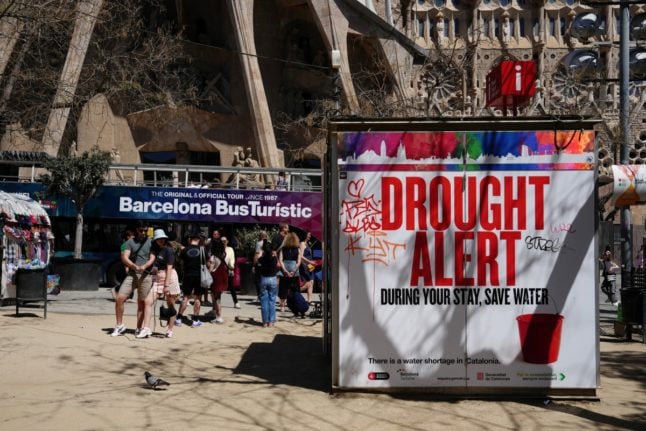Seville is the capital of Andalusia and is popular for its great weather (although it can often be too hot in the summer), its thriving tapas scene, fascinating culture and lively vibe.
Even though it’s the capital of the region, its prices, especially when it comes to rents, are not as expensive as some of the southern coastal cities such as Málaga, where rents have recently risen the most out of the whole country.
READ ALSO: Where in Spain are rent prices rising the most?
So, how much does it really cost to live in the coastal city in terms of rent, transport, groceries and other costs?
Seville is Spain’s fourth-biggest city with a population of 701,000 in 2023. It’s both popular a holiday destination and a great place to live, known for its charming architecture, history and passionate flamenco culture.
How do costs in Seville compare with other cities in Spain?
According to Expatistan cost of living website, the cost of living in Seville is 22 percent less expensive than in Madrid and 23 percent less than in Barcelona. Even if you compare it with the coastal hub of Málaga, it’s still 10 percent cheaper.
On another cost of living website, Numbeo, Seville scores less than both Madrid and Barcelona for consumer prices, rent and eating out, however, groceries are more expensive there than in Madrid and local purchasing power is lower.
Numbeo states that a single person would need a total of €657.70 per month to live in Seville, excluding rental costs, while a family of four would need a total of €2,300.40 per month, excluding rent.
Rental prices in Seville
One of the biggest costs is of course accommodation, whether you’re renting or you decide to buy.
According to the property portal Idealista, the average rental price in Seville in May 2023 was €10.7/m2. Prices have increased by one percent in just the last three months.
Centro is the most expensive area to rent, where prices are €11.9/m2, followed by Los Remedios at €11.5/m2 and Triana at €11.3/m2. The cheapest area is Cerro Amante at €8.9/m2, followed by Bellavista – Jardines de Hércules at €9.2/m2.
Buying a property in Seville
According to online estate agent portal FotoCasa property in Seville costs on average €2,291/m2. This means that the average cost is €236,200. The most expensive areas are Centro, Prado de San Sebastián – Felipe II – Bueno Monreal and Los Remedios.
Groceries
Supermarket prices have shot up significantly over the past year in Spain due to the rise in inflation and Seville is no different, however, like in most cities, prices depend on where you choose to shop.
According to the latest data available from Spain’s Organisation of Consumers and Users (OCU) Alcampo, Cash Fresh, Carrefour and El Jamón are the cheapest supermarkets in Sevilla.
Numbeo shows that a loaf of fresh white bread in Sevilla costs €0.84, while a dozen eggs will set you back €2.33 and a 1kg block of local cheese is €11.36.
READ ALSO: Nine ways to save money on grocery shopping in Spain
Eating out
Seville is a great city for dining out and has some particularly innovative tapas bars, as well as the classic much-loved favourites. It also has a good array of international restaurants too, although far few than in bigger cities like Barcelona and Madrid. While you can spend a lot on going out to eat in Seville, there are still many affordable spots in the city.
You can still find places that will serve a menu of the day (menú del día), a three-course meal at lunchtime on weekdays for €10. According to Numbeo, a meal at an inexpensive restaurant will cost around €10 also, while for a three-course meal for two in a mid-range restaurant, you’ll have to shell out €40. And if you just want to go out for coffee, you’ll be paying €1.58.
Transport
A one-way ticket on a local bus or metro costs around €1.40. There is also a multi-trip card that is valid for an unlimited number of trips and can be topped up at various stations. The price without a transfer to another part of the line is €0.80, with one it’s €1.17 and with two it’s €1.37. During 2023, however, the city is giving travel discounts to help people with the cost of living crisis.
If you live in the centre, however, you’ll find that Seville is a very walkable city, saving you on transport costs.




 Please whitelist us to continue reading.
Please whitelist us to continue reading.
Member comments